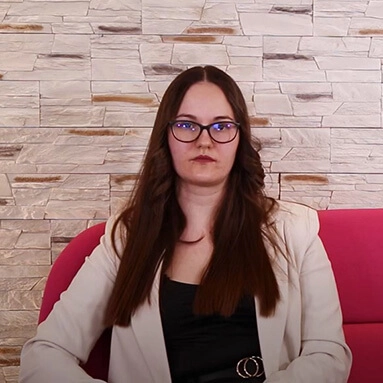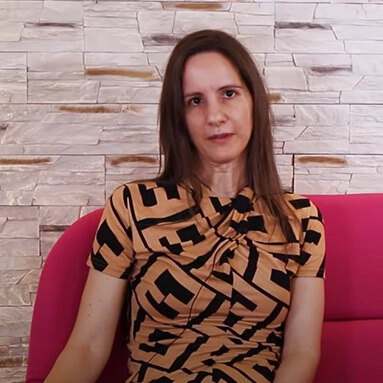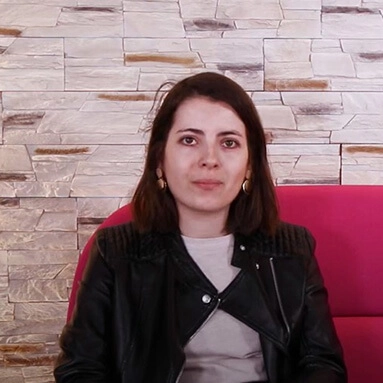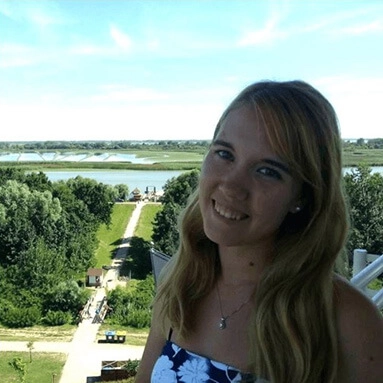And if you're struggling with hair loss, skin issues, or (mild) joint inflammation – just to mention a few common ones – it's definitely worth scheduling a focal infection investigation right away!
Once the diagnosis is established, the treatment begins.
Depending on the severity/size of the inflammation, the first step is usually a proper root canal treatment. and root filling is prepared, or the old root filling is replaced. These steps are always performed in every case laser treatment is also supplemented for even greater success. (Fortunately, thanks to the laser, the latest mechanical expansion equipment, and careful, thorough work, even large cysts can now be treated successfully with the above conservative method.)
If the body doesn't cooperate and, for some reason, the root canal treatment isn't sufficient, surgical intervention may be required.
Let's see how the resection is performed.
After thorough local anesthesia, access is gained from the outer surface of the root tip, followed by drilling through the bone to remove the inflamed tissue and the root tip itself.
The area is closed, and sutures are placed, which will be removed after 5-7 days.
We provide antibiotics, pain relievers, and advice.
Heavy physical activity should be avoided for a few days afterward.
The above procedure is usually only performed in the area of the front and premolar teeth, as for molars, this is usually not feasible.
Additionally, if there is already a small amount of bone around the tooth, or if the tooth itself is in such poor condition that it cannot be restored, unfortunately, this method is not feasible. In this case, the tooth must be removed.



















